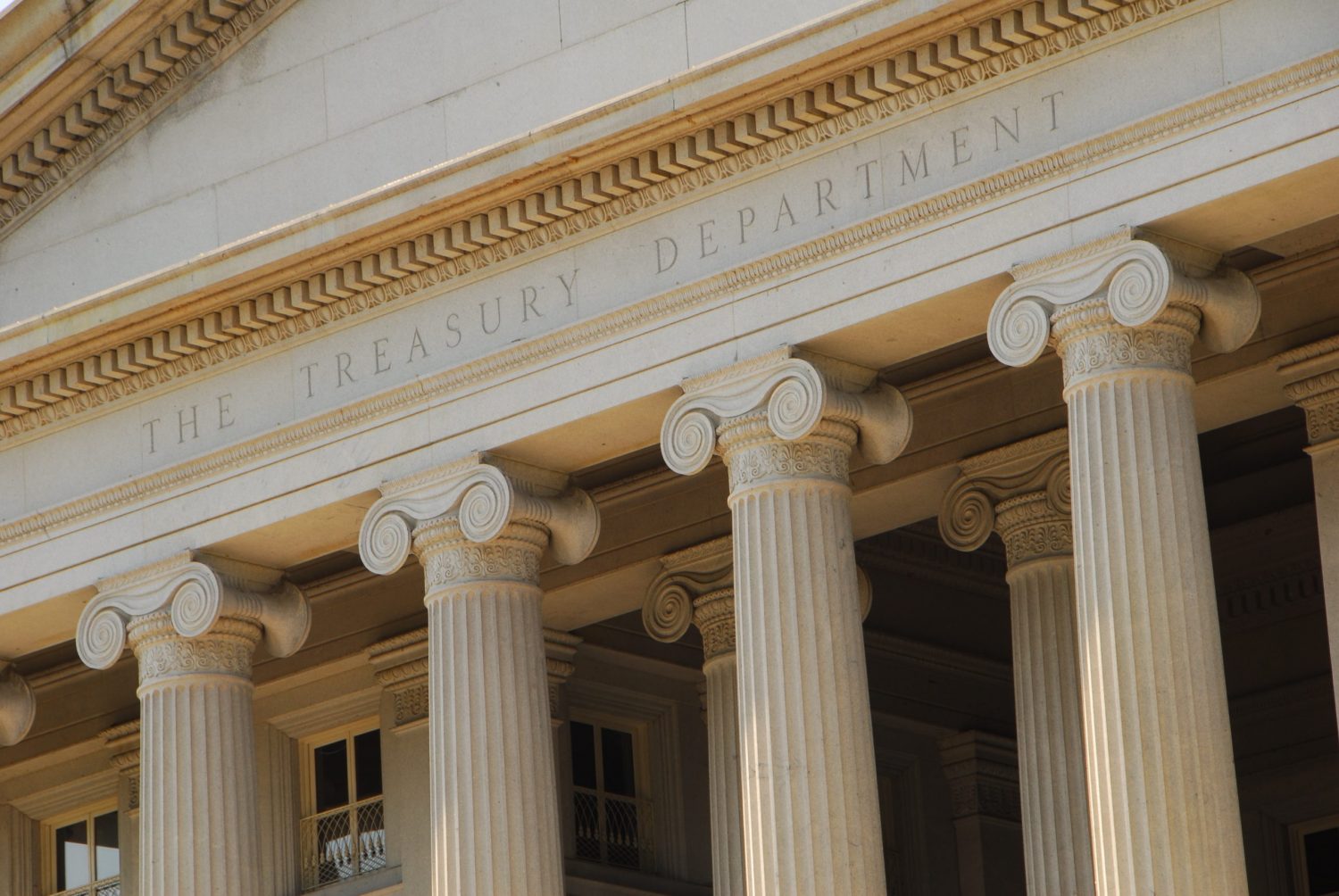You generally don’t have to pay back Pell Grants, but there are some circumstances that require repayment.
Pell Grant Basics
The federal Pell Grant program helps students who have significant financial need get the education they want in a postsecondary program – at a small college, a large university, or even a professional or trade school. The money provided by Pell Grants helps about 7 million students, on average, every year in the United States.
A Pell Grant is considered free money, meaning it does not need to be paid back. Student loans, in contrast, accrue interest and must be repaid. If you get a direct subsidized student loan, for example, you do not need to repay the money while you are in school, but you will need to begin paying the loan back six months after you graduate.
Every form of financial aid has specific eligibility criteria you must meet. If you no longer meet these criteria, do you have to pay back a Pell Grant? This decision is between the school and the federal government, but you might be required to repay a Pell Grant in some cases.
Where Does Pell Grant Money Come From?
Every year, money for the Pell Grant program is listed in the Federal Budget and Appropriations Process, which works as follows:
- February: The president of the United States submits a budget request to Congress
- April: The House and Senate budget committees separately look over the budget, suggest changes, and develop a budget resolution
- Before Oct. 1: The respective House and Senate Appropriations Subcommittees draft and pass appropriations bills
- By Oct. 1: The president signs the budget resolution into law
- If no resolution is reached, there may either be an omnibus spending bill or a continuing resolution
For 2019–20, Congress and President Trump have resolved to raise the amount of money in the Pell Grant again, which will help the neediest students pay for an increasingly expensive education. Students receiving any amount of money from the Pell Grant program, between the congressional minimum and maximum amounts, do not have to pay this money back as long as they meet the basic eligibility requirements. 
However, some students may fail to meet these requirements. In these instances, their schools may alert them that they must repay some or all of their Pell Grants.
Which Circumstances Require Repayment of a Pell Grant?
Some changes to your student status can lead to your school notifying you that you must repay part or all your Pell Grant award. Circumstances might include:
- You withdraw from your degree program or change degree programs
- Your enrollment status changes from full time to half time or less
- You fail to make academic progress as measured by your school
- You received outside scholarships, grants, or other sources of funding that changed your need for federal aid
- Your family’s financial status changed (if you are a dependent student)
In rare cases, the federal government may overpay your Pell Grant, and a school audit of your financial award could determine that you have received too much money. If your enrollment drops from full time to half time, the school may consider your Pell Grant to be overpaid. You will need to pay back the amount of overpayment.
Your school will notify you that you must pay them back. You will have 45 days to pay back the money or work with your school’s financial aid office to create a repayment arrangement.
You should never ignore financial notifications from your school. While you do not need to scramble immediately to repay the amount listed, you must make good faith efforts to come to a resolution with your school and the federal government.
If you do not pursue a repayment plan or appeals process, you will lose your eligibility for further federal funding, including student loans. This could jeopardize other methods you use to pay for your education now and will make it harder for you to afford any continuing education later.
Pell Grant Money and Taxes
Some students may qualify for enough money from the Pell Grant program that they have some cash left over. The school will use grants, scholarships, and student loans to automatically cover education expenses like tuition, related fees, and on-campus housing. They do not need to notify you that they take this money from your financial aid. If you have money left over after these expenses are removed, you can either tell the school to directly apply some award money to further expenses, or you can get this remaining money and use it yourself for educational expenses.
If you have enough money from your Pell Grant to cover all your educational expenses and still have some money left over, you do not need to return this money. You can tell the school to keep it on file for you, or you can use the money for your own needs, like gasoline to drive to campus, food while on or off campus, off-campus housing, and other personal expenses. 
However, you will need to report this money on your taxes. Your school can tell you what counts as an educational expense, but if you spend leftover Pell Grant money on anything else, the Internal Revenue Service (IRS) considers this taxable income.
Pell Grants are tax-free, with this rare exception: Any amount of grant or scholarship money you receive beyond what you need to pay for your education will be considered taxable. This is an often-overlooked way you indirectly repay your Pell Grant.
Many Types of Financial Aid for Students
Generally, Pell Grants do not need to be paid back. Like scholarships, this is a form of financial aid that helps students through school, without accruing interest and requiring repayment after graduation. Your college might offer need-based scholarships, and most states offer need-based scholarships to students who remain in the state for their postsecondary education.
You can also apply for merit-based scholarships if you have a special talent, like great academic achievement, athletics, music, or other skills. Merit-based scholarships are offered through colleges and universities, but you can also search for them online. Many nonprofit, for-profit, and service organizations offer merit-based scholarships for a range of activities.
Student loans are one of the largest sources of financial aid for undergraduate and graduate students, but this money must be repaid when you complete your education. Unsubsidized loans begin accruing interest while you are in your degree program, and you may need to make monthly payments while you go to school. If you qualify for the Pell Grant, you likely also qualify for direct subsidized loans, which do not require repayment until you complete your degree program.
Go over your financial aid award letter and accept grants and scholarships first. Then, consider which forms of student loans best suit your needs. If needed, you can apply for private student loans to fill in any gaps.

